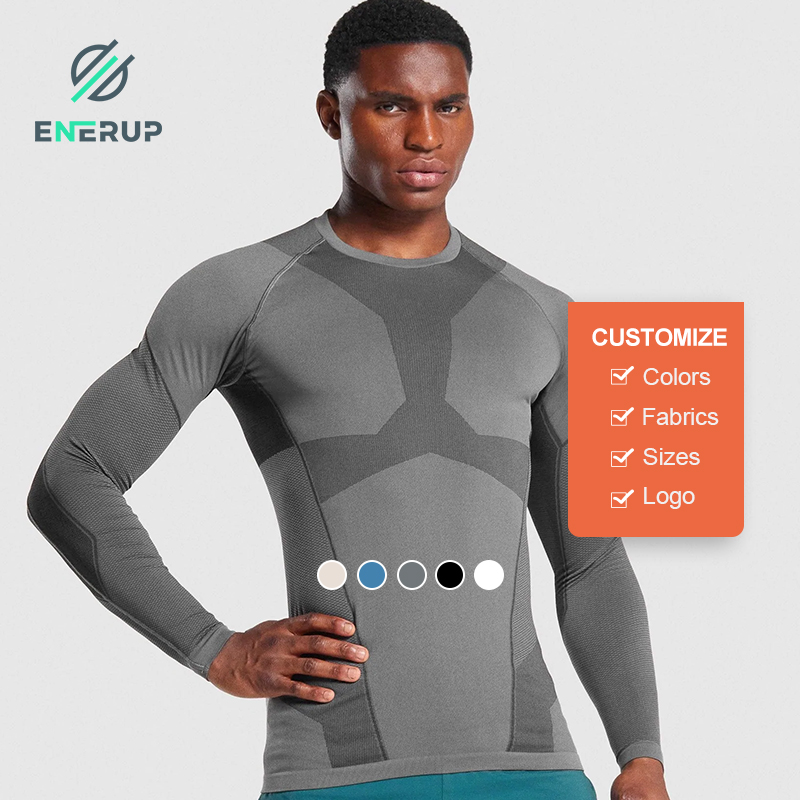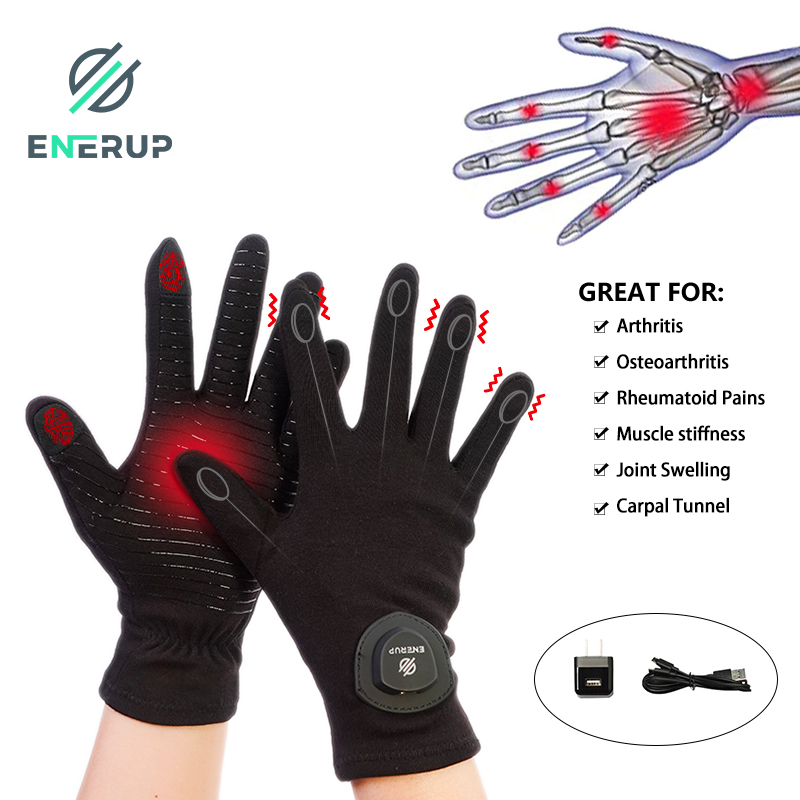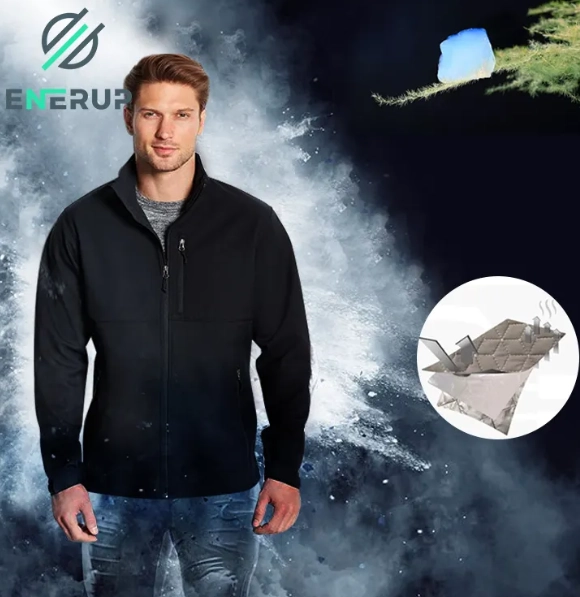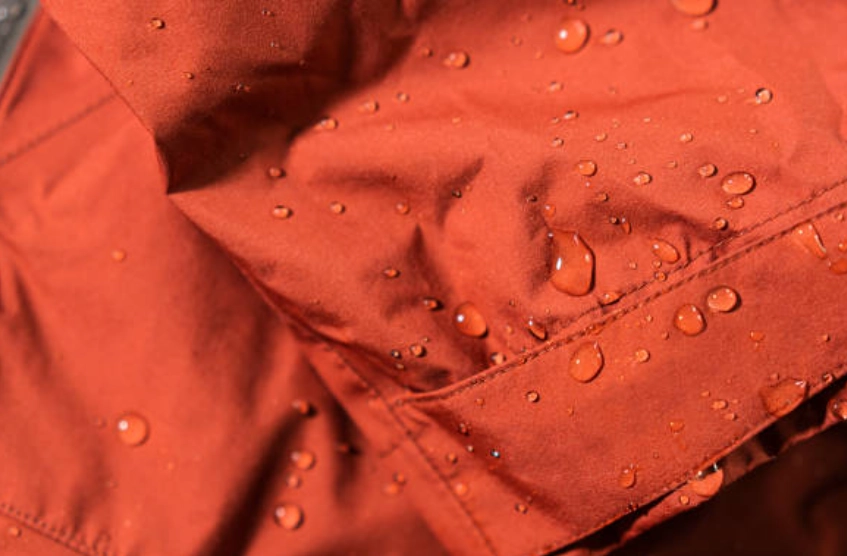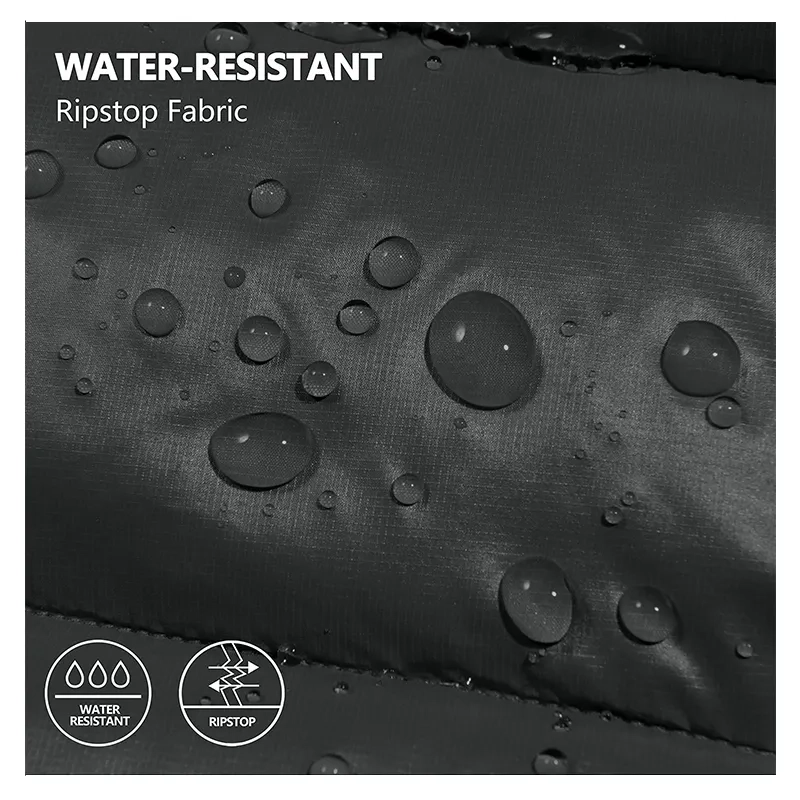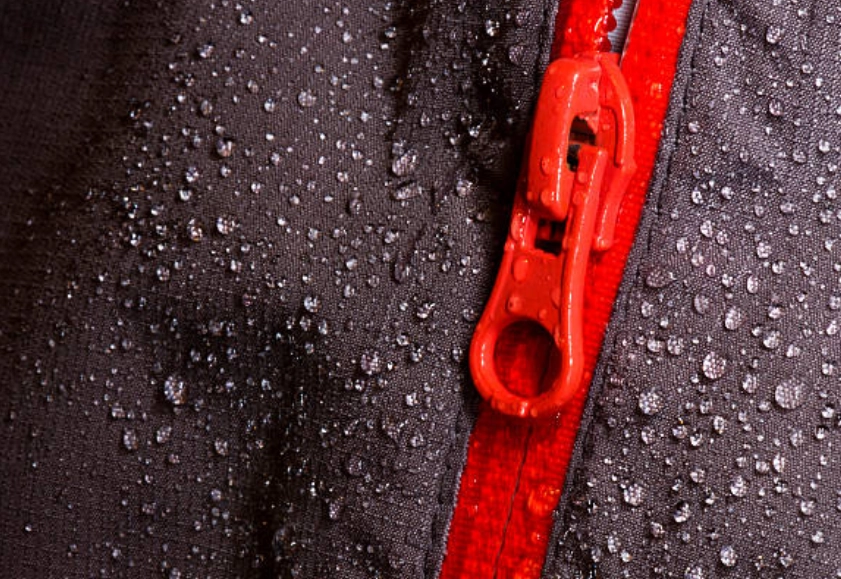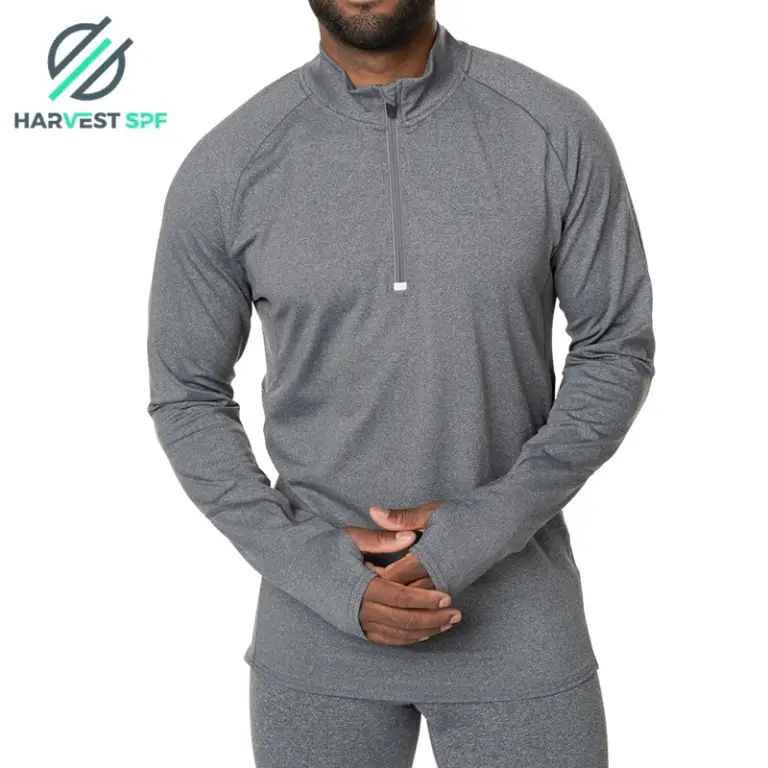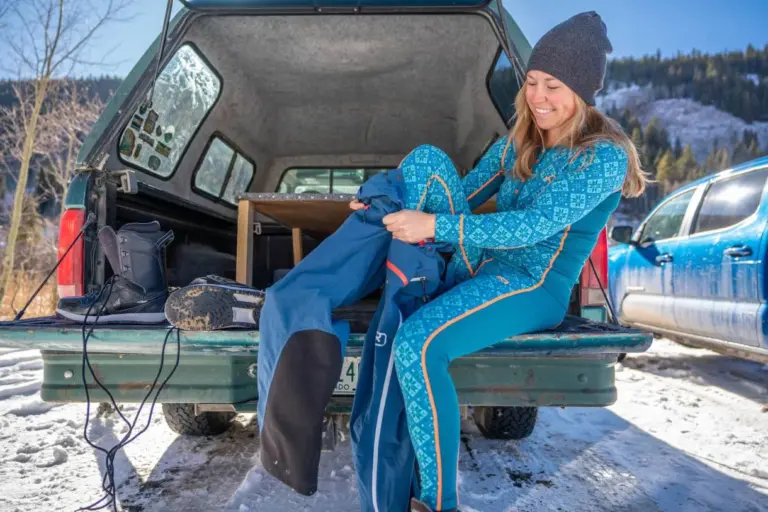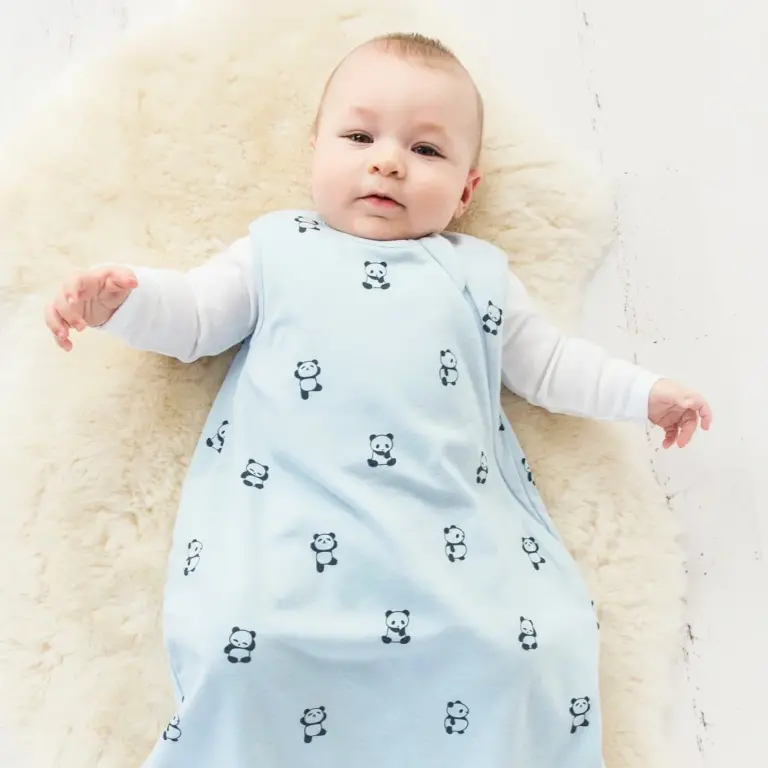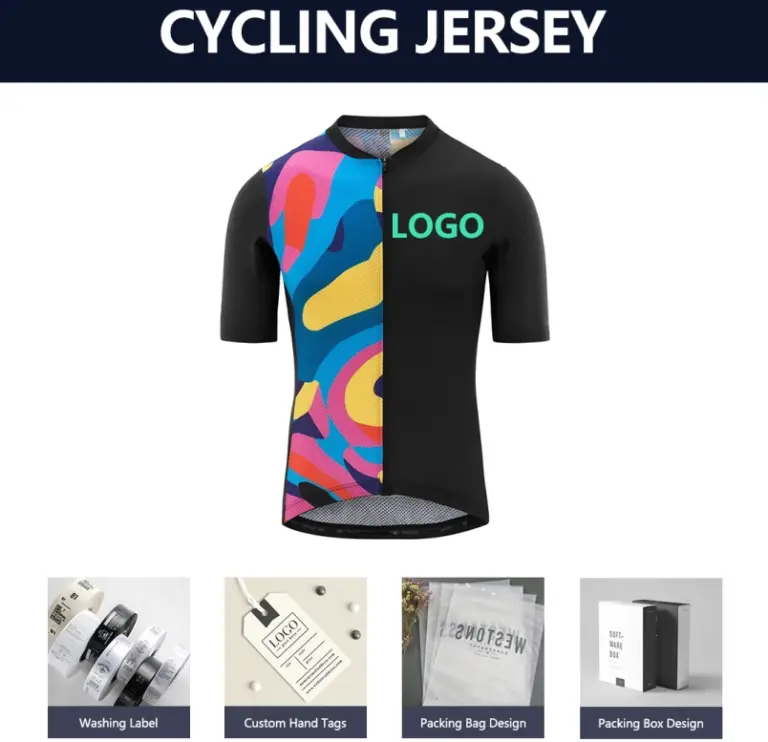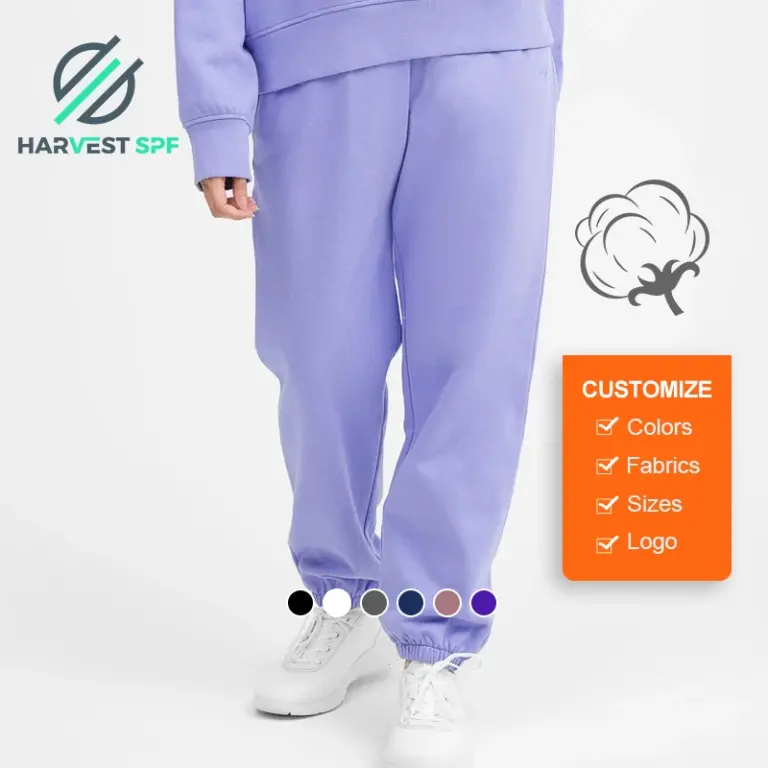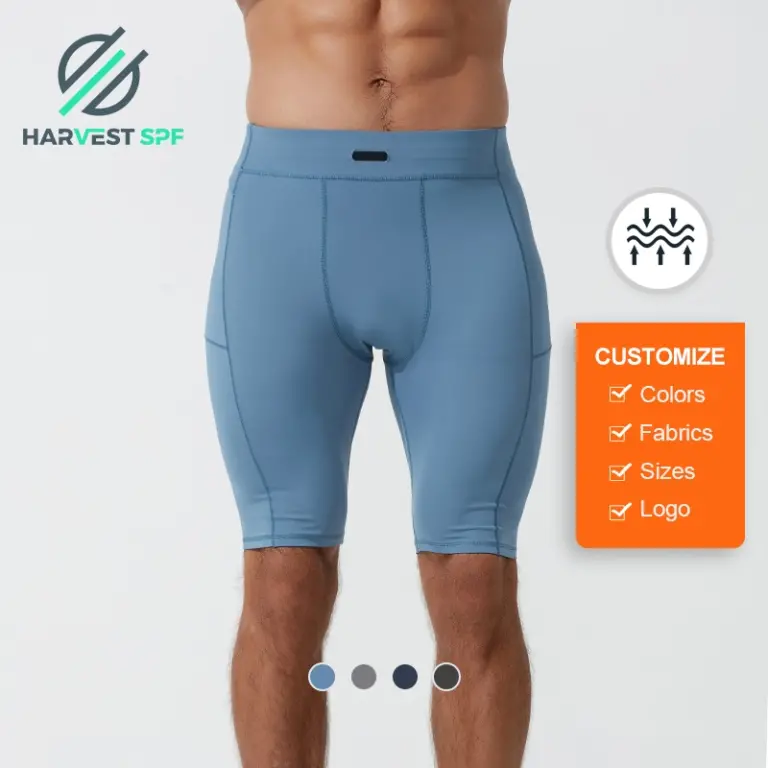What is Waterproof Fabrics
Defining Waterproof Fabric
Waterproof fabrics are special materials. They block water from passing through. They meet tough rules set by official tests. These fabrics are super useful. They make home items, outdoor clothes, shoes, and gear. The waterproof feature comes from adding water-repelling agents during making. This creates a product that pushes water away. For example, tightly woven polyester hardly soaks up wetness. This makes it great for home stuff like beanbags and chairs.
Importance of Waterproof Fabrics in Everyday Use
Waterproof fabrics are key for comfort and safety in daily life. They’re vital for outdoor gear. Think jackets, tents, and backpacks. These keep users dry in wet weather. Also, they’re used in home items. Upholstery and beanbags stay safe from water harm. When making top-notch waterproof bean bags, makers choose strong fabrics. These mix toughness with water-blocking power. The many uses of waterproof fabrics make them a must in different fields.
Key Terms Related to Waterproof Fabrics
Waterproof Fabric
A waterproof fabric fully stops water under certain conditions. Its strength is tested by how much pressure it can take before water leaks through. Only items with sealed seams are truly waterproof. The quality of closures and seals decides how waterproof a product is. For instance, Gore-Tex fabric uses an ePTFE membrane with a thin polyurethane coating. This keeps it waterproof but lets air pass through.
Water-Resistant Fabric
Water-resistant fabrics give some protection from water. They can handle light rain or splashes. But they’re not good for heavy rain or dunking in water. These rely on tight weaves or a light coating. They don’t have the full water-blocking power of waterproof fabrics.
Water-Repellent Fabric
Water-repellent fabrics push water away better than water-resistant ones. They have a special coating added during making. But this coating can wear off with use or washing. Unlike fully waterproof materials, these offer medium protection from wetness.
The Manufacturing Process of Waterproof Fabrics
Overview of Waterproof Breathable (WPB) Fabrics
Waterproof breathable (WPB) fabrics are made by joining a waterproof layer to an outer shell. This setup blocks liquid water. But it lets sweat vapor escape. This makes it comfy during active times. Two common layers are PU (polyurethane) and ePTFE (expanded polytetrafluoroethylene). Bob Gore created ePTFE membranes for Gore-Tex in 1978. These have millions of tiny holes. They’re too small for liquid water but big enough for vapor to pass.
Comparison Between PU and ePTFE Membranes
PU layers use a pulling action. They draw water molecules to the surface to dry off. PU coatings have no holes. This makes them less airy than ePTFE. But new ideas are improving PU for wet places. ePTFE layers are naturally full of holes. They’re super airy. But they need extra layers for strength and dirt protection.
PU-based WPB fabrics cost less. But they may not work as well in tough weather compared to ePTFE options like Gore-Tex. Makers keep tweaking both to balance cost and performance.
Laminated Cotton: Features and Uses
Laminated cotton is a handy material. It mixes cotton’s natural comfort with strong waterproof traits. A thin waterproof layer is added to the back. This blocks wetness. It also stays airy. This makes it great for hats, jackets, and ski clothes. Its planet-friendly nature appeals to people wanting green choices.
Polyester and Nylon: Versatility in Waterproofing
Polyester and nylon are top picks for waterproof uses. Their tight weaves make them naturally water-resistant. Adding a polyurethane coating can make them fully waterproof. Ripstop nylon is super tough. It resists tearing. It was even used in WWII parachutes. Polyester and nylon aren’t as airy as some fabrics. But they’re popular for tents, backpacks, and jackets.
Vinyl and Plastic: Durability and Applications
Vinyl and plastic are man-made materials. They offer awesome waterproof power. They’re tough, bendy, and easy to clean. This makes them great for home items like placemats and makeup bags. Their strength ensures long-lasting use where water is common.
TPU (Thermoplastic Polyurethane): Characteristics and Benefits
Thermoplastic polyurethane (TPU) is soft but strong. It’s used where flexibility and water resistance matter. TPU is greener than traditional PUL (Polyurethane Laminate). It soaks up well and feels comfy. This makes it popular for reusable diapers. Its light weight is perfect for easy-to-use products.
Polyester Fleece: Water Resistance Explained
Polyester fleece has okay water resistance. Its thickness helps. It’s not naturally waterproof. But a water-repelling coating can boost its wetness-blocking power. It’s often used as an outer layer in cloth diapers or casual outdoor clothes.
Polyurethane Laminate (PUL): A Popular Choice for Various Products
Polyurethane Laminate (PUL) is a polyester fabric with a plastic layer. This makes it fully waterproof but airy. Its smooth feel and toughness suit reusable diapers, mattress covers, and medical clothes. PUL can handle many washes without losing its power.
Wool: Natural Water-Repellent Properties
Wool is a natural thread known for pushing water away. It’s not fully waterproof. But its lanolin content repels light wetness well. Adding more lanolin or boiling wool threads boosts its protection.
Oilcloth: Traditional Waterproofing Solution
Oilcloth has been a go-to for waterproof fabrics for years. It’s made by coating linen or cotton with boiled linseed oil or clear vinyl. This makes it totally water-tight. Its easy care makes it great for tablecloths, bags, and kitchen gear.
Essential Tips for Choosing the Right Waterproof Fabric for Your Needs
Picking the best waterproof fabric depends on a few things. Consider how it’ll be used, weather, airiness needs, and green preferences. For outdoor gear like jackets or tents, materials like Gore-Tex or ripstop nylon protect well in heavy rain. They stay comfy with airiness. Home items might use tough options like vinyl or oilcloth. These are easy to clean and maintain.
For planet-conscious folks, choose fabrics like TPU or laminated cotton. These balance green responsibility with performance. For clothes or gear in long-term wetness, check for sealed seams and strong coatings.
Why Choose Harvest SPF Textile Co., Ltd
Harvest SPF Textile Co., Ltd has been a leader in smart cloth since 1993. Based on “Dress for Health, Dress for Energy,” Harvest focuses on research and custom making. With over 30 patents, they offer top-notch solutions for many market needs.
Their trade team serves customers in 60 countries. These include North America, South America, Europe, and Australia. Want green activewear from Merino wool? Need outdoor gear with sweat-pulling traits? Harvest gives expert help through custom processes.
With ethical practices backed by AMFORI-BSCI, they offer flexible payments like T/T transfers. Their shipping ranges from express to sea freight. Harvest ensures happy customers at every step. They also use green packing to cut planet harm.
Choosing Harvest SPF Textile Co., Ltd gives access to smart cloths. These blend performance and green care. Their know-how helps turn ideas into high-quality custom products. Contact Harvest SPF Textile Co., Ltd for your business today!



